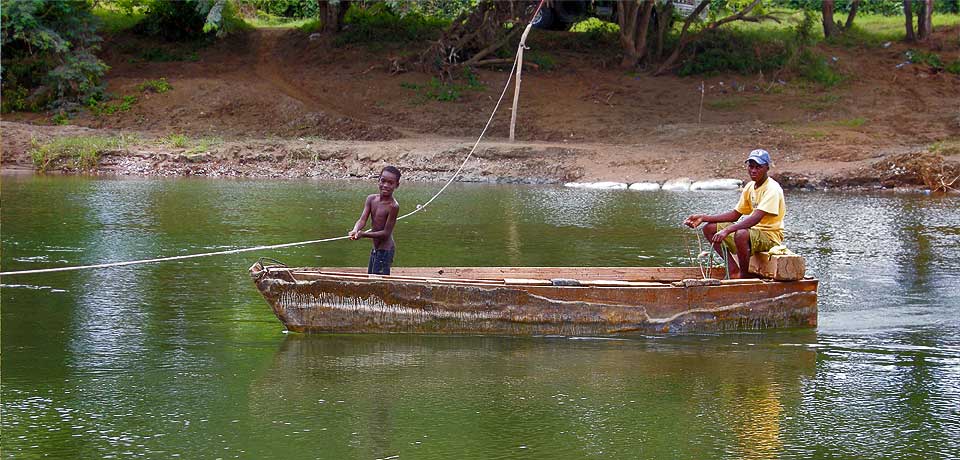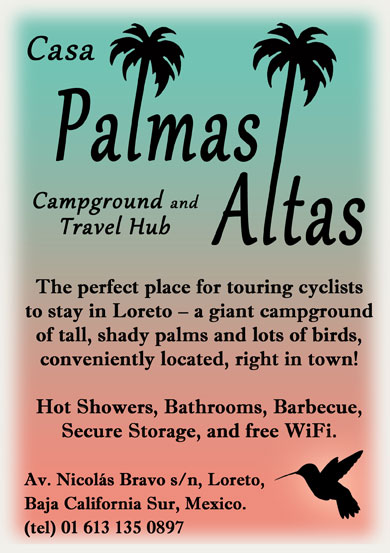Dominican Republic: Visited By Many, Seen By Few
Although an estimated four million foreigners visit the Dominican Republic each year, most never venture beyond the walls of their all-inclusive beach resorts (the notable exception is the Samaná Peninsula, swiftly developing in the areas of whale-watching, extreme sports, and ex-pat real estate). As a cyclist, however, you’ll mostly have the country to yourself. The last time I toured the DR I rode out of the airport and didn’t see another foreign traveller the entire trip.
In rural areas (the best place to tour) many roads are still unpaved. You’ll often find yourself pushing your bike around sections of deep mud or fording streams as you make your way through pleasant farmland and lazy hamlets. Take your time and enjoy the slowed pace on these rural backroads. This is the real Dominican Republic, unaffected by the crush of tourism and development.
The major and secondary roads are often busy, poorly paved, and stinky. Cycle defensively, shoulder check frequently, and expect to be dodging chickens, dogs, cows, and random piles of garbage on some stretches. This will be a familiar scene to cyclists who have toured elsewhere in Latin America. Best to get back on the small roads when possible.
You’ll find plenty of options for free camping on beaches, in forests, in fields. I found many secluded spots to throw my tent, often on deserted beaches with plenty of coconuts to eat. Cheap hotels and houses with rooms for rent are fairly common too; ask around.
The Dominican Republic is a mountainous country which is partly why it’s so beautiful – you’ll have some spectacular views over Caribbean coastline and lush, tropical valleys. But it also means you’re going to be doing a lot of climbing. And probably some pushing. Some sections of road are shockingly steep; easily as steep as the steepest roads I’ve ever ridden and often too steep to pedal a fully loaded bike.
Small, family-run supermarkets and convenience stores are called colmados in the DR and they’re everywhere. Among the necessities available at the colmado, you’ll find small, cheap bags of purified drinking water to refill your bottles.
Look for signs advertising morisoñado, a tasty, energy-boosting Dominican drink made from milk, sugar, and oranges; sometimes lemons or mandarins (or chinas as Dominicans call them) are substituted. For a filling – and truly Dominican – meal, try the chivo picante (spicy goat).
Dominicans are friendly and helpful, if a little indifferent, toward the travelling cyclist. Don’t expect the kind of attention (positive or negative) you might receive in other parts of the Latin America. Mostly, you’ll appreciate the easy-going vibe in the DR as you explore the island freely and at your own pace.
Official Name: La República Dominicana
Area: 48,730 km² (18,815 sq. mi.)
Population: 10 million
Capital: Santo Domingo
National Official Language: Spanish
Other Languages: Caribbean Creole English, Chinese
Currency: peso dominicano (DOP)
Highest point: Pico Duarte 3,087 m (10,128 ft.)
Lowest point: Lago Enriquillo -46 m (-151ft.)
Feature image (top of page): crossing the Río Bajabonico on the road to Punta Rucia.
© El Pedalero, 2012.









